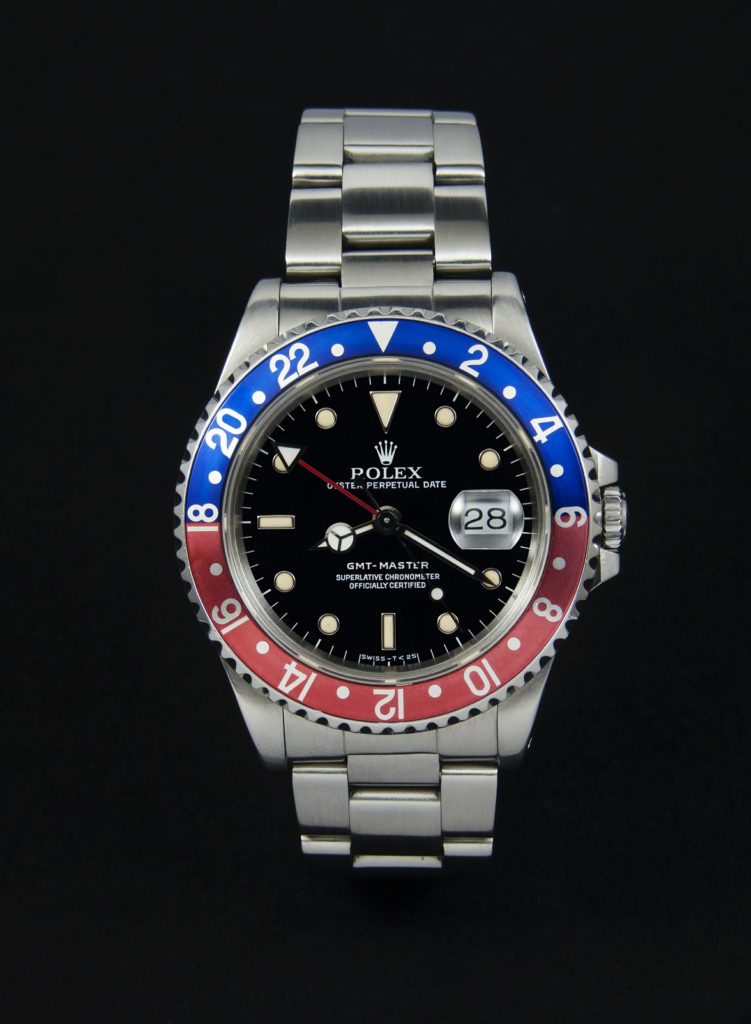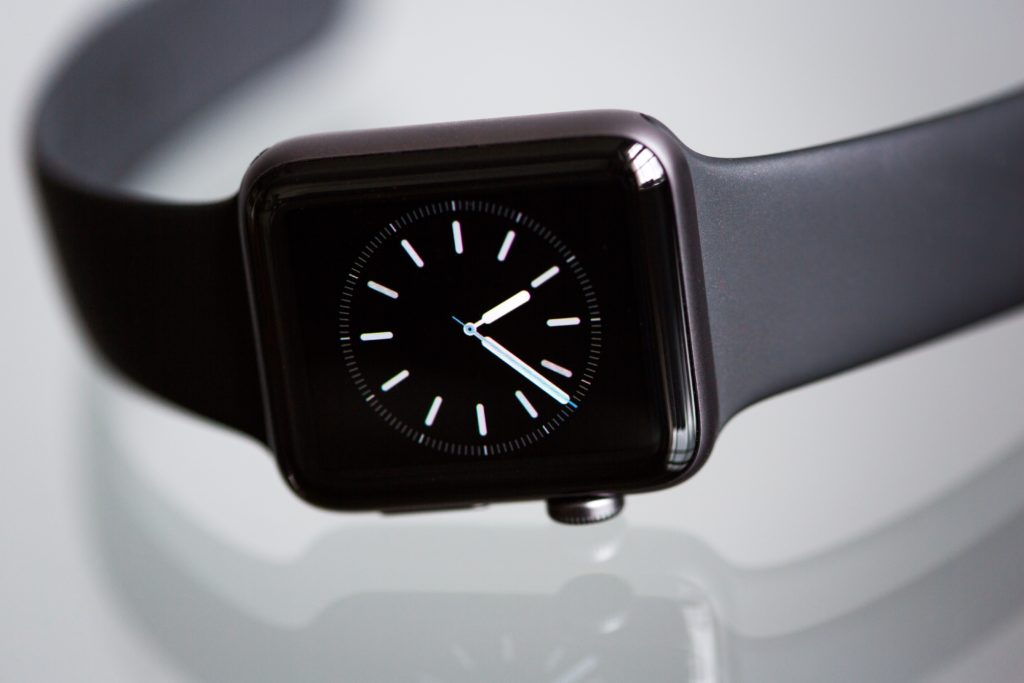Prefer to listen to us read this article? Click below!
There are a lot of parts and components that go into a watch to make it accurate and keep it working properly. One very important component are the jewels used inside. How many jewels need to be used for a watch to run smoothly?
Most watches only require about 17 jewels in the mechanics of the watch for it to run smoothly. While this is true for basic mechanical watches, watches with more complex parts and mechanisms will need more jewels to run smoothly and properly. For example, hand-wind watches need about 22-25 jewels.
How do jewels help the mechanisms of a watch run smoothly? Continue reading to learn more about jewels and how they are incorporated into watches.
What Are Watch Jewels?
When people talk about jewels in most jewelry and accessories, they are talking about various different types of precious stones attached to items to specialize them. While there are many watches that have aesthetic jewels for the purpose of appearance, most of the time when people talk about “watch jewels” they are not referencing the stones that are used for bedazzling jewelry.
Inside the inner workings of a watch, there are a lot of moving parts that must be able to mesh with one another smoothly for the watch to be accurate and useful. Watchmakers place synthetic jewels inside different parts of the moving mechanics to allow the watch to move more smoothly. This reduces the amount of friction that the watch mechanisms will generate. The jewels provide a hard, smooth surface for the parts to rotate freely upon.
In a watch, jewels will be placed in areas of stress that occur inside the watch. Typical areas in a watch where jewels are placed include the escapement assembly, the balance wheel, and many places across the wheel train. Jewels are also placed on points of impact such as the pallet fork.

What Are Watch Jewels Made Of?
The jewels that are used inside a watch are synthetic rubies and sapphires that were created in a lab. The makeup of these synthetic jewels (Al2O3 Corundum) have long-lasting durability, allowing the watch to hold up for a longer amount of time and keep accurate time.
When making the jewels for the watch, it is extremely important that the jewels are the correct and accurate sizes. To create these jewels for the most accurate fit, they are often created through a variety of advanced types of technology including milling, lasering, and chemical etching. Because these jewels are all man-made and cannot be found in nature, they are not worth nearly the same price as a real jewel.
There is a common misconception that the jewels in the watch are what makes the cost and value of the watch so high. However, the cost of man-made synthetic jewels hardly accounts for the overall price of the watch.
The Olden Days
Before the 20th century, creating synthetic jewels in a lab was not done, but they still had the same problem of high friction and stress parts in a watch. To allow the parts in the watch to move smoothly, watchmakers used to use materials such as glass, garnet, or quartz. Imagine how difficult it must have been to create a watch without all of the advanced technology we have now.
How Many Jewels Does A Watch Need?

While different types of watches have various amounts of jewels in them, a good basic mechanical watch will have about 17 jewels in it. The more complicated the watch is, the more jewels will be needed for it to run smoothly. A self-winding watch will require 5 to 8 additional jewels because of the extra mechanics built into the watch. More complicated watches will need more jewels in them to compensate for the added complexity of the watch mechanics and operations.
Do More Jewels Make the Watch Run Smoother?
Jewels are placed in areas where there needs to be a hard, smooth surface for the mechanics of the watch to spin and rotate properly. Adding extra jewels does not necessarily make the watch run smoother, as the extra jewels do not serve any real purpose.
On the other hand, if a watch did not have enough jewels to stay accurate and run properly, then yes, more jewels in that situation would benefit the watch. When purchasing a nice, high-quality watch, it will only have the correct amount of jewels inside to keep it running smoothly and accurately. The number of jewels in the watch does not show the value of the watch, rather, it communicates the number of complications in the mechanics.
A watch with a higher amount of jewels will likely show no increase in performance compared to one with the necessary amount.
How Many Jewels Could be Put On A Watch?
Especially in the 1960s and 1970s, watchmakers and sellers used the number of jewels in a watch as a marketing tactic. In an attempt to persuade people to purchase their watches instead of those from their competitors, watchmakers began to add extra jewels to the watch to show that their’s was better quality.
They marketed based on the fact that most customers who are purchasing watches did not fully understand the actual purpose of a jewel in a watch. There have been some watches that are sold that have 100 or more jewels in their mechanics. Even today, there are watch companies that continue to market to customers who are looking for a good watch and do not understand the mechanics in it.
On a forum where watch enthusiasts talk about the number of jewels in a watch, people were sharing the absurd amount of jewels they have seen/ heard of in a watch. One person talked about a 100 jewel watch. Also on the forum were people sharing their own knowledge of how jewels work in a watch and the purpose they have. They shared how 17 jewels in a watch should be sufficient. This is the amount that a normal watch should contain.
Obviously, more complicated watches will need more jewels, but exceeding 30 is beginning to become ridiculous and purely for the marketing tactics. To view the forum, click here to be directed to the website.







